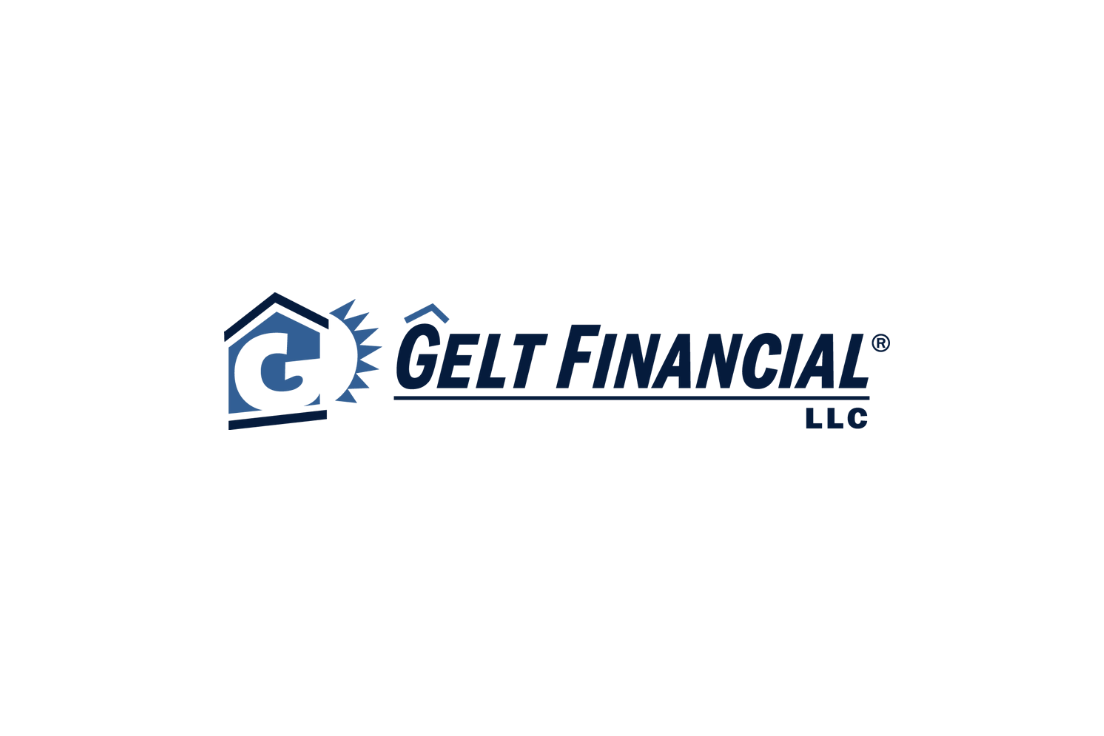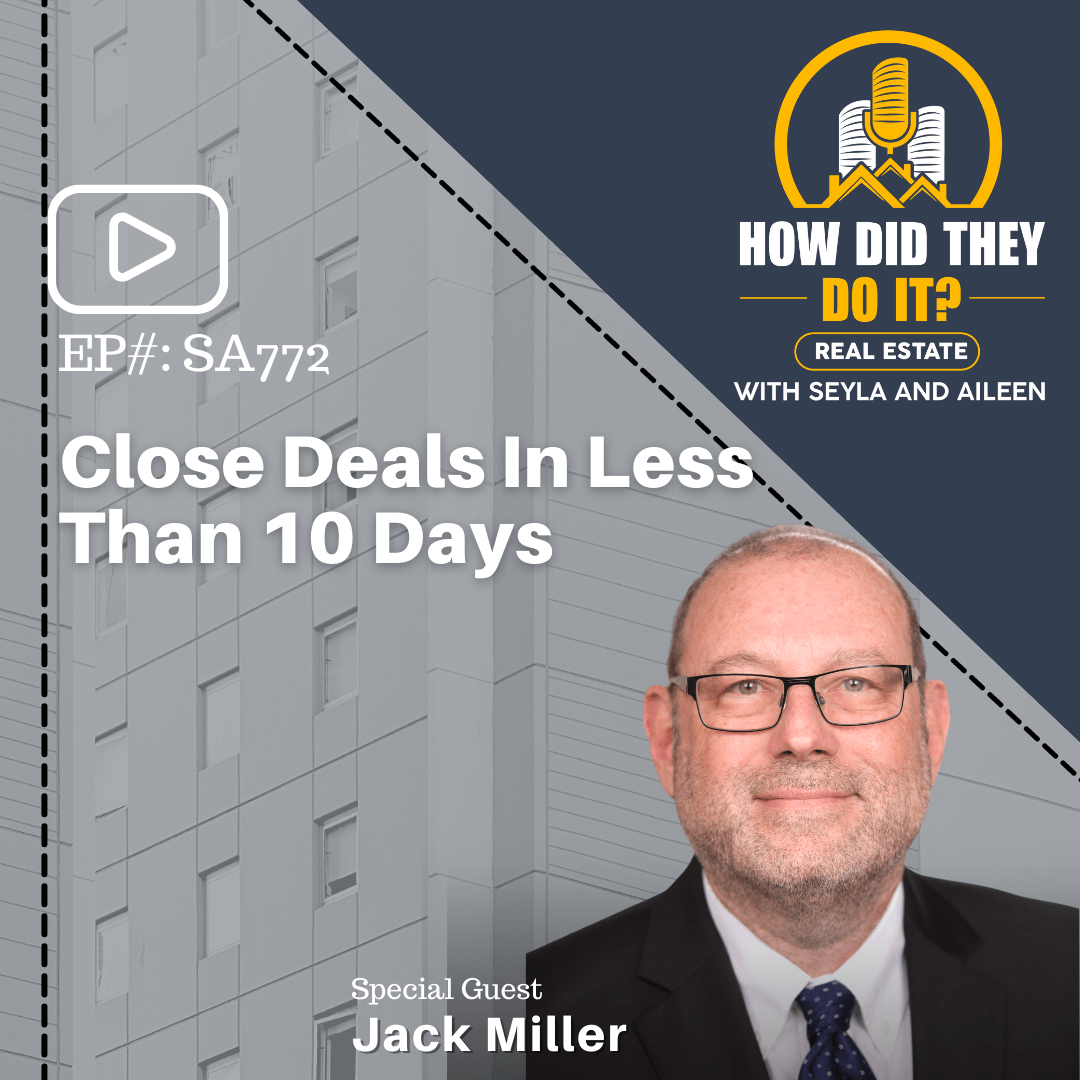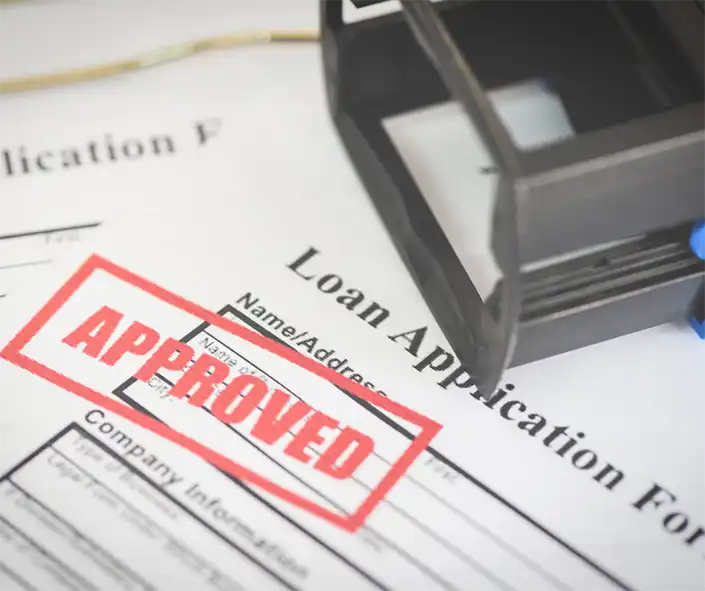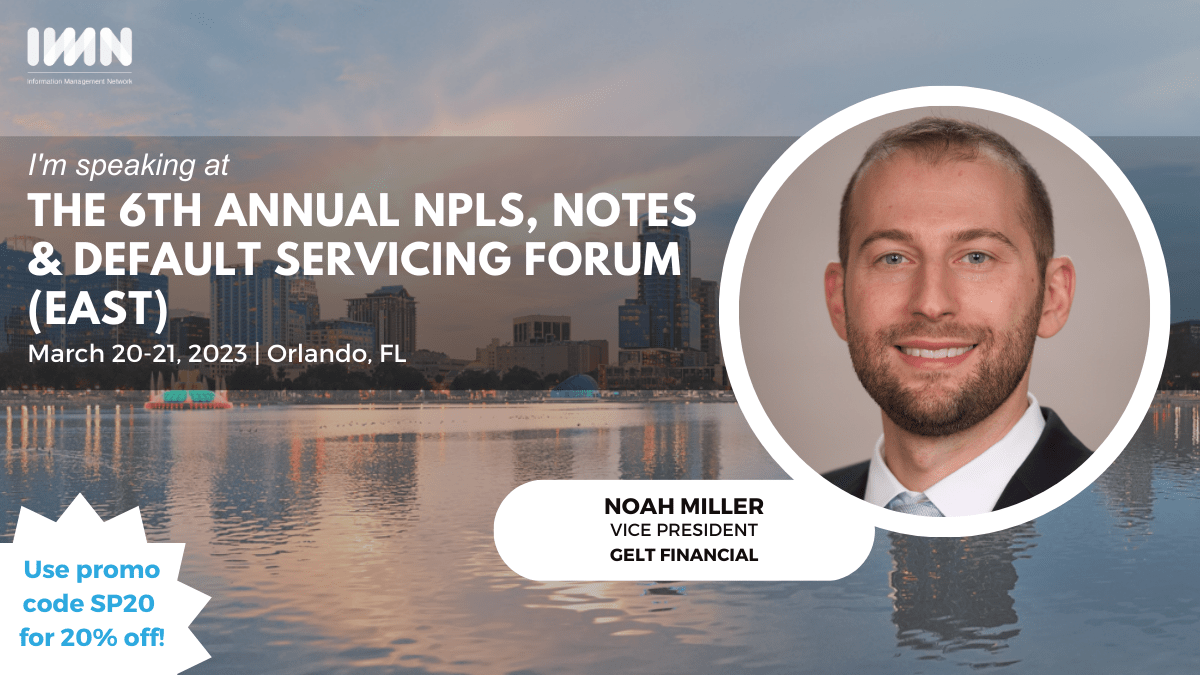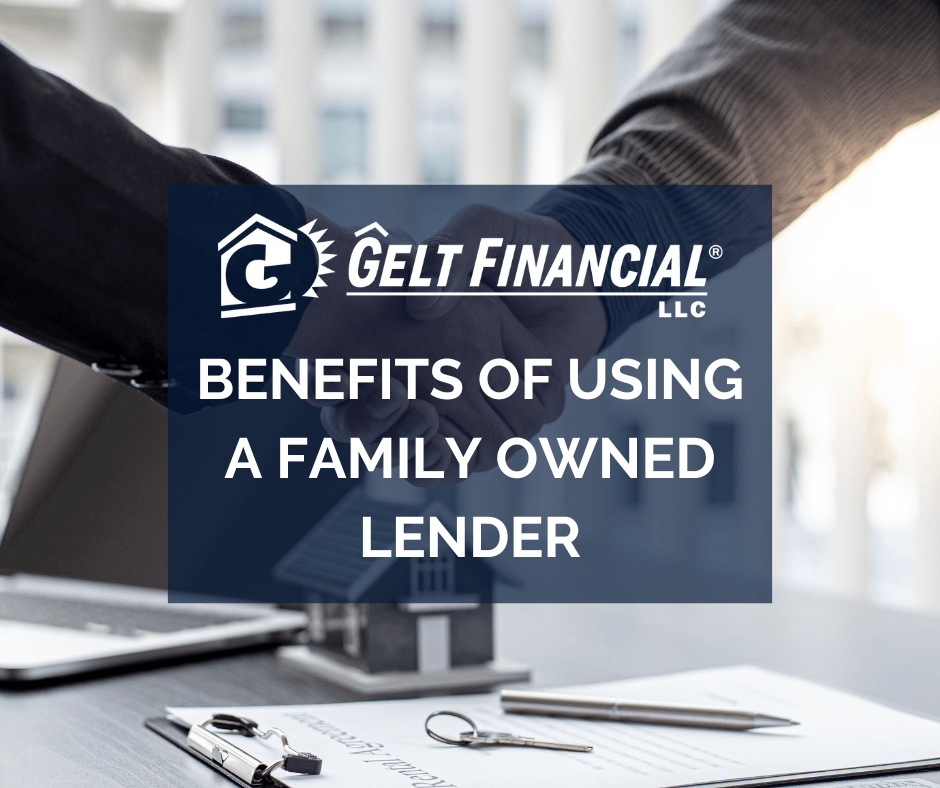In the video, Jack explains the concept of a blanket or cross-collateralization mortgage. It involves combining multiple properties into one mortgage, allowing borrowers to tap into equity in one property to fund the purchase of another. He discusses the advantages of a blanket mortgage, such as having one payment and simplified paperwork. He also mentions potential risks, such as collateral releases and interest allocation. Overall, he emphasizes the need to use blanket mortgages wisely and in appropriate situations:
Hello, this is Jack Miller at Gelt Financial. I hope you’re having a great day. I’m making this video today, and I’m going to talk about what is a blanket or a cross-collateralization mortgage. I’m not going to answer, not going to be able to tackle it all, but I’ll try to tackle as much as we can. Gelt Financial does a lot of them and very big in this, and a lot of people just, there seems to be a lot of misconceptions about it. So here we go. So first of all, it’s pretty simple a blank— some people call them blanket mortgages, some people call them cross- collateralization mortgages, but what it does is it just, all it’s doing is it’s attaching two or more properties or parcels to one mortgage.
So, if you think about it, if you buy a house or picture a single building, whether it be an investment property or a house you’re buying, there’s one house and one mortgage. Now, picture there’s two houses and one mortgage, or three houses and one mortgage, or four houses and one mortgage. So, all a blanket or cross- collateralization mortgage is, it’s more than one piece of property, more than one parcel attached to a mortgage. So, picture a housing development before it becomes a development. Picture a piece of land that’s going to become a housing development. Maybe a builder is buying the land and he’s going to put a hundred houses there. Usually, he gets one mortgage, one mortgage, and it’s secured by the hundred parcels of lands.
That’s all it is, it’s just more than one piece of real estate to one mortgage. So usually, it’s two or three. On the Gelt side, we’re not doing track lands, we’re doing commercial deals. So, I want to give you a couple examples of it, and it’s really not common in the residential owner-occupied world. It’s really most common in track lending for builders, but then it’s also very popular in our arena, the small commercial lending arena. So, what the most common is and a good example is and the advantages are, is you would take a blanket mortgage to tap equity in another property. So, let me give you an example of a real-life deal that we did. A guy wanted to buy a property in Buffalo, New York. He was paying $150,000 for it. He didn’t really have much money, but he owned two other pieces of real estate, each unencumbered and each worth $150,000. So, what we did was we lent him $150,000 on the property that he was buying, gave him 100% financing on that, but we also secured, I forget whether it was one or two other properties. Let’s say, for the sake of this, it was two other properties. So, we gave him a blanket mortgage or a cross-collateralization loan on three properties, but we gave him the money he wanted.
So, a clear example of this or another example is, let’s say you have a property that’s worth $500,000 dollars. You have a hundred-thousand-dollar mortgage. You want to buy another property that’s worth, let’s say, $250,000, but you don’t really have any cash, or you don’t want to use your cash. So, instead of coming up with cash to buy that property for $250,000, you could come to companies like Gelt, and there are other companies who will do it, who you pledge the property that you have already worth five hundred thousand and the property that you’re buying for $250,000. And the lender will gladly lend you $250,000 because he’s getting the $250,000 property, plus the other property. He’s going to, or they’re going to, do it as a blanket mortgage or a cross-collateralization.
So, all you’re doing is you’re pledging other property to bring your cash needs down, and that’s the main reason why we see it being done – to tap into the equity of one property to buy another property. And that’s the prime example of how we see it. A couple of other advantages are it’s one payment, one closing doc. So, instead of having two different payments, there’s one payment. We did a deal, I don’t know, a while back, and the guy had, I’m going to say, 15 or 16 properties. He came in and said, he’s, he actually blamed his wife. He said, ‘My wife’s a lousy bookkeeper. I don’t want to get in trouble by the wives because I’m a bad bookkeeper.’ And what he wanted; he wanted one payment for all his properties. So, his motivation was just bookkeeping and accounting because there’s typically one payment, there’s one set of loan documents, and there’s one document and one thing to worry about instead of all these different deals. So, that’s the advantages.
A couple of things you have to look out for because with everything, nothing is good when you do that. Keep in mind, you’re risking the second property because you’re lending it. The lender is taking it as additional collateral, so you have to keep that in mind. But also, you have to be aware of two other things. One, it’s called collateral releases. So, let’s say, let’s just use my example, and the guy had the $500,000 property, is buying one for $250,000. What happens if he sells one of the properties or refinances it? Does he have to pay the whole loan off, or will the lender agree to release one of the collaterals for a partial paydown? And that has to be negotiated upfront, and it commonly is negotiated upfront. It’s called a collateral release or a partial release. So, you have to factor that into the deal when you’re dealing with this. If not, it can come back and bite you. The other thing you have to do is you have to deal with the allocation of interest. You’re going to get one—10, 99 or you’re going to have one interest payment. And if you have two different properties, you’re going to have to allocate that interest. But that’s an accounting thing, and that can usually be done easy. But there is a lot of advantages of using a blanket or a cross-collateralization mortgage. Gelt Financial does them all the time. A lot of commercial lenders and banks do them, and it’s just another tool in the toolshed. Keep in mind, every time there’s a tool and every time you use something, it has good and bad, and blanket mortgages clearly have good and bad. And they have to be used in the right situation. Just don’t blanketly or don’t just universally use them. It has to be used in the right situation to your advantage. It’s an excellent tool for people who have multiple properties, especially with equity in them.
So, that’s what I got. I think I tackled it pretty quickly. I hope I answered your questions. If not, leave questions and comments in the comment sections. If you like the video, like the video. Don’t forget to like the YouTube channel, hit the bell or the button, and you’ll be notified when more videos are available. And most importantly, have a wonderful day and enjoy life. It goes by too quick, goes by too quick. So, enjoy every day, try to enjoy every minute of it. And don’t forget, Gelt Financial, non-bank commercial lender. “When your bank says no, we say yes.” Check us out at geltfinancial.com. And most important, have a wonderful day. Take care. Thank you and God bless you.
Category: Loan Programs
Tag: blanket mortgage







